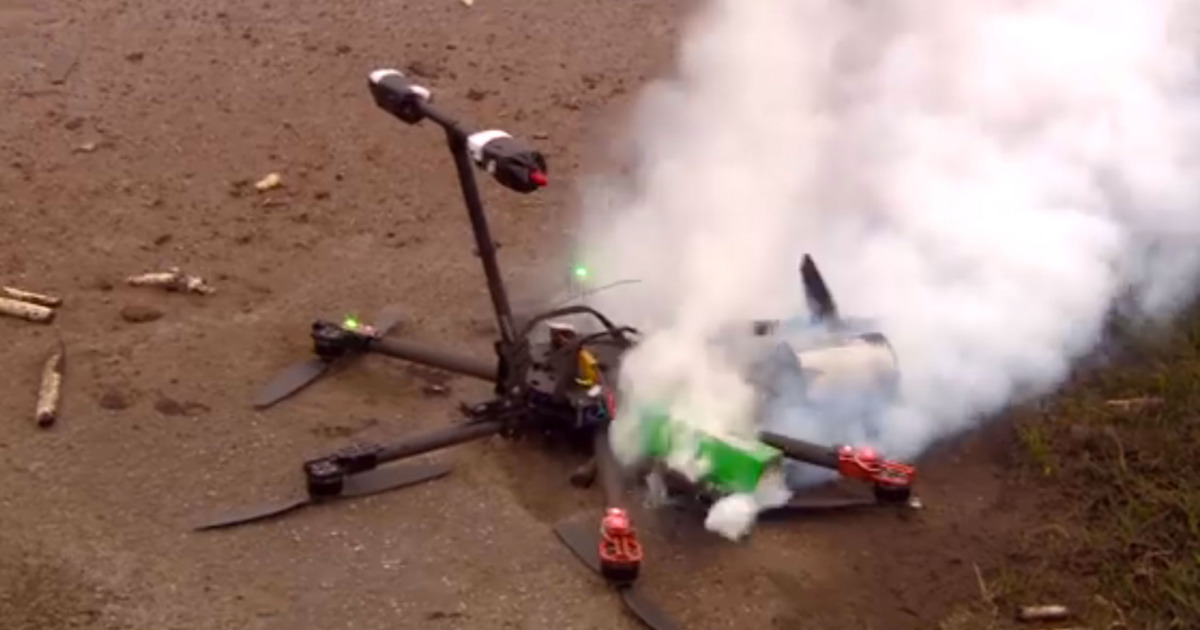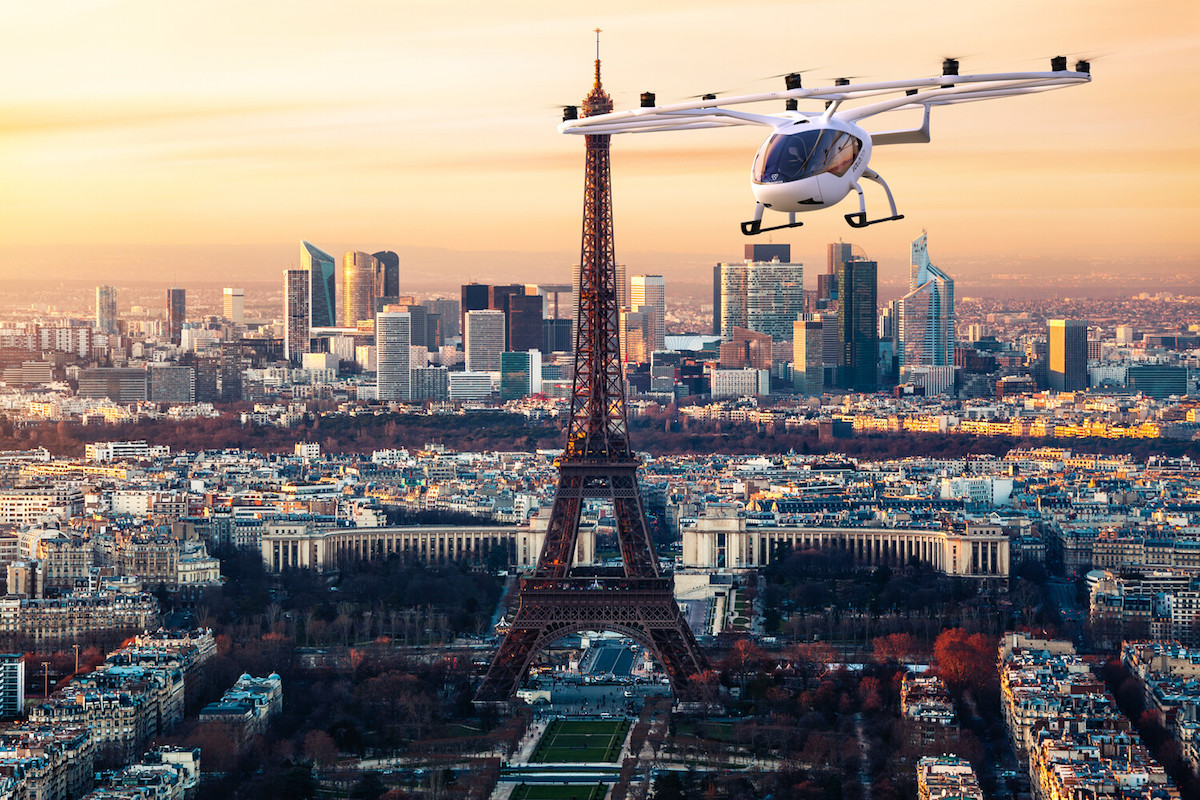Drone crash Paris: This investigation delves into the rising concern of drone accidents in the City of Lights. We’ll explore recent incidents, examining the types of drones involved, potential causes ranging from mechanical failures to pilot error and environmental factors, and the resulting consequences. We’ll also discuss current regulations, propose safety improvements, and look at technological solutions to prevent future crashes.
From analyzing the data on past crashes to speculating on future preventative measures, this exploration aims to provide a clear understanding of this growing issue within a busy urban airspace. We’ll consider everything from the specific drone models used to the impact on Parisian life and the potential for improved regulations and technology.
Recent Drone Crashes in Paris: Drone Crash Paris
Drone incidents in Paris, while relatively infrequent compared to other major cities, have raised concerns about safety and regulation. Understanding the causes, consequences, and potential solutions is crucial for mitigating future risks. This section details recent crashes, analyzes their causes, and explores potential preventative measures.
Timeline of Recent Drone Crashes

Creating a comprehensive timeline requires access to publicly available incident reports, which may not always be readily accessible. The following table provides a hypothetical example based on plausible scenarios, illustrating the types of data that would be included in a real-world analysis.
| Date | Location | Cause (if known) | Outcome |
|---|---|---|---|
| October 26, 2022 | Near the Eiffel Tower | Pilot error; loss of signal | Minor property damage; no injuries |
| March 15, 2023 | Parc des Buttes-Chaumont | Mechanical failure; propeller malfunction | Drone destroyed; no injuries |
| June 8, 2023 | Near the Louvre Museum | Unknown; investigation ongoing | Drone recovered; investigation pending |
Types of Drones Involved in Crashes

Several drone models have been implicated in past incidents, each with varying capabilities and potential vulnerabilities. This section analyzes the characteristics of some commonly used drones and their potential role in accidents.
- DJI Mavic 3: A popular consumer drone known for its high-quality camera and relatively long flight time. Potential crash factors could include software glitches or battery failure.
- Autel Evo II: A professional-grade drone often used for aerial photography and videography. Its advanced features can increase complexity, potentially leading to operator error.
- Smaller, less-regulated drones: These drones, often lacking advanced safety features, pose a significant risk due to their potential for uncontrolled flight.
Potential Causes of Drone Crashes

Drone crashes can stem from a variety of factors, encompassing mechanical issues, human error, and environmental influences. Understanding these factors is essential for developing effective safety protocols.
- Mechanical Failures: Propeller damage, motor malfunctions, and battery issues are common mechanical problems that can cause crashes.
- Human Error: Inexperienced pilots, inadequate training, and distraction during operation contribute significantly to drone incidents. Improper pre-flight checks can also lead to accidents.
- Environmental Factors: Strong winds, rain, and extreme temperatures can negatively affect drone stability and flight performance, increasing the risk of crashes.
Regulatory and Safety Aspects of Drone Operation, Drone crash paris
France and Paris have regulations in place to govern drone use, but continuous improvement is needed. This section examines existing regulations and proposes enhancements for a safer drone environment.
- Current Regulations: French regulations generally require drone registration, pilot certification for certain operations, and adherence to specific flight restrictions near sensitive areas.
- Safety Protocols: Pre-flight checks, awareness of airspace restrictions, and maintaining visual line of sight are essential safety practices.
- Improved Regulatory Framework: Implementing stricter pilot training requirements, mandating the use of advanced safety features in drones, and establishing clear penalties for violations could significantly reduce accidents.
Impact and Consequences of Drone Crashes
Drone crashes can have significant consequences, ranging from minor property damage to potential injuries and public safety concerns. Understanding these impacts is vital for formulating effective prevention strategies.
- Property Damage: Crashes can damage buildings, vehicles, or other property.
- Injuries: Falling drones can cause injuries to people on the ground.
- Public Perception: Repeated incidents can negatively impact public trust and acceptance of drone technology.
- Long-Term Impacts: Increased restrictions on drone use, higher insurance costs, and a decline in tourism due to safety concerns are potential long-term consequences.
Technological Solutions for Enhanced Drone Safety
Technological advancements offer promising solutions to enhance drone safety and prevent accidents. This section explores some of these technologies and their potential impact.
- Improved GPS Systems: More accurate and reliable GPS systems can enhance drone navigation and prevent crashes due to positional errors.
- Obstacle Avoidance Technology: Advanced sensors and algorithms can enable drones to automatically detect and avoid obstacles, minimizing the risk of collisions.
- Redundant Systems: Incorporating backup systems for critical components, such as motors and batteries, can enhance drone resilience to failures.
Illustrative Example of a Drone Crash

Imagine a drone, a DJI Mavic 2 Pro, malfunctioning near the Louvre Pyramid. A sudden gust of wind causes the drone to lose stability, despite the pilot’s attempts to regain control. The drone, spinning uncontrollably, crashes into a nearby cafe’s awning, causing minor damage and scattering debris.
The scene: Shards of plastic litter the ground near the iconic glass pyramid. Patrons of the cafe stare in shock, narrowly avoiding injury. The drone, its propellers bent and broken, lies amidst the scattered debris.
Contributing Factors: Strong unexpected wind gusts, potentially exacerbated by the proximity to the large glass structure of the Louvre Pyramid, created a challenging flight environment. The pilot, although experienced, was unable to compensate for the sudden loss of control.
Final Review
Drone crashes in Paris highlight a critical need for improved safety protocols and technological advancements in the drone industry. While the consequences of these incidents can be significant, ranging from property damage to public safety concerns, the potential for preventative measures, including stricter regulations and enhanced drone technology, offers a path towards a safer future for both drones and the city they fly over.
That whole drone crash in Paris got everyone talking about safety regulations, right? It makes you think about how much planning goes into a really big drone show, like the amazing one they put on in Florida – check out this link for details on the florida drone show – to see how they ensure everything goes smoothly.
Hopefully, the Paris incident will lead to better safety measures for all future drone operations.
By understanding the causes and consequences, we can work towards mitigating risks and ensuring responsible drone operation in urban environments.
So, you’ve heard about drone crashes in Paris, right? It’s a growing concern, especially with the increasing use of drones in urban areas. For a deeper dive into the specifics and potential consequences, check out this article on the recent incidents: drone crash paris. Understanding these events helps us improve drone safety regulations and prevent future accidents.
Drone crash Paris incidents highlight the need for responsible drone operation.
FAQ Resource
What are the penalties for illegal drone operation in Paris?
Penalties vary depending on the severity of the violation but can include hefty fines and even imprisonment.
How can I report a drone incident in Paris?
Contact the local authorities (police or gendarmerie) immediately. They have procedures for handling such reports.
Are there designated drone flight zones in Paris?
Yes, check with the relevant aviation authorities for designated and restricted airspace before flying.
Heard about that drone crash in Paris? Crazy stuff, right? It makes you think about drone safety in general, and incidents like the one described in this article, boy hit by drone , which highlights the potential dangers even small drones can pose. Understanding these risks is crucial to preventing future accidents, both large and small, like the Paris drone crash.
What type of insurance is recommended for drone operators in Paris?
Liability insurance is crucial to cover potential damages caused by a drone crash.